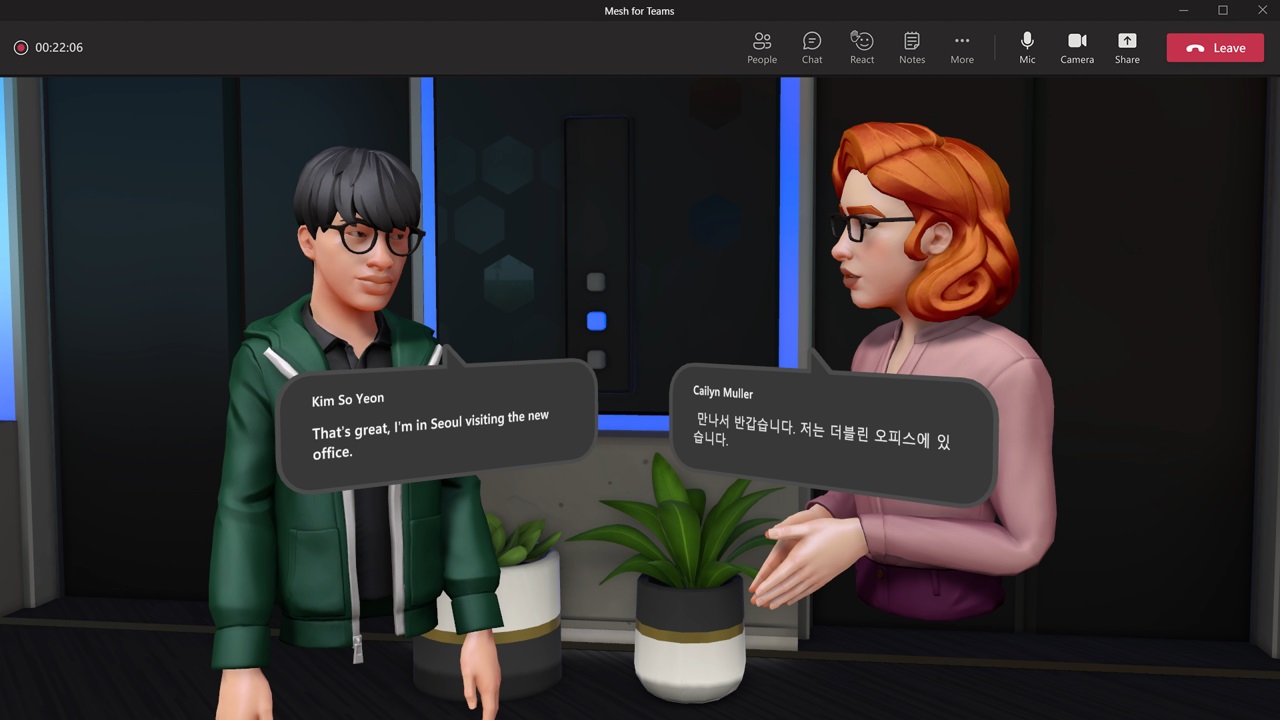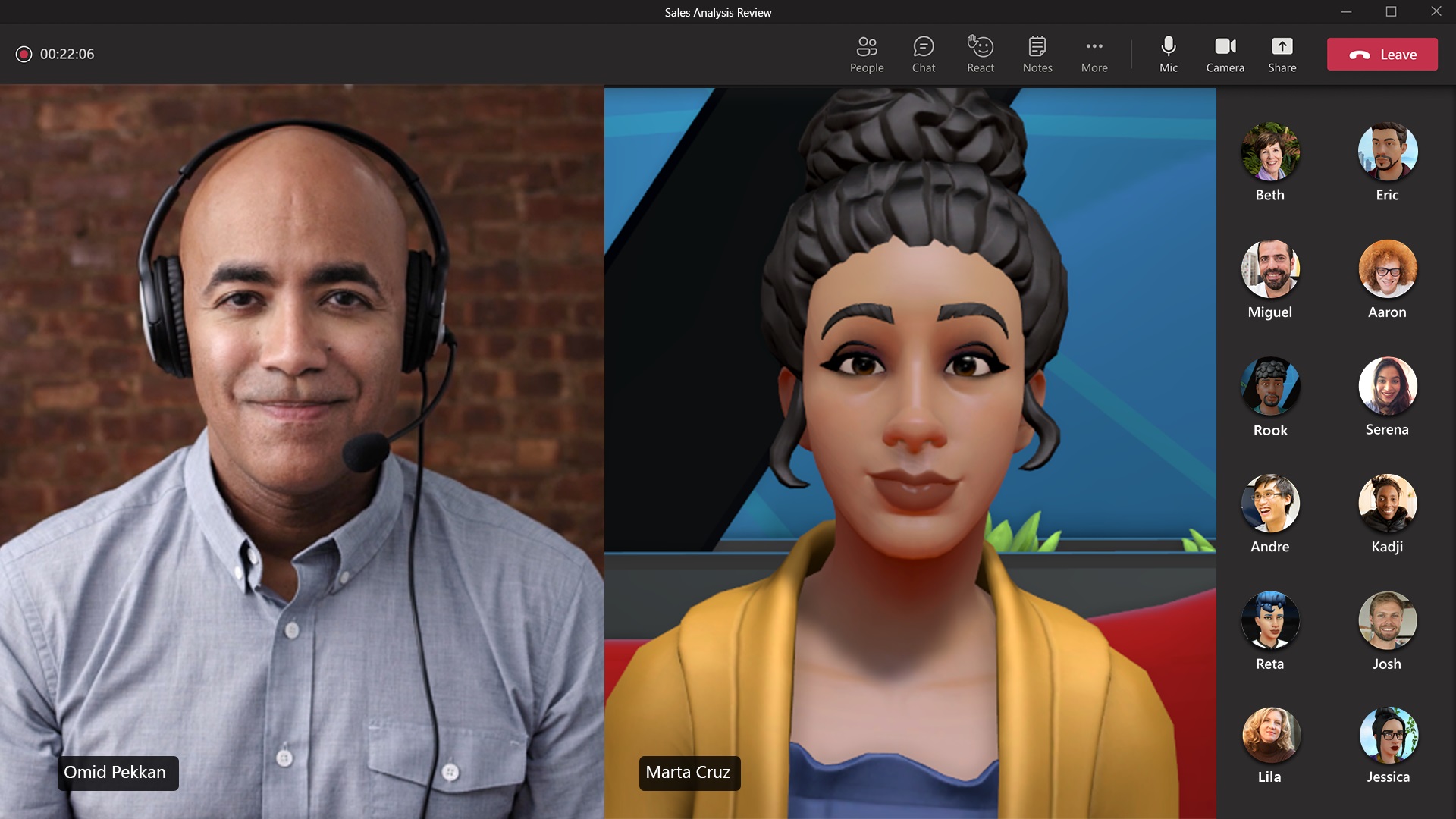
As it looks like remote working is going to continue into 2022, Microsoft Teams is taking a dramatic step towards making virtual meetings a little less humdrum. Next year, virtual avatars and environments will be added to the platform, so you don’t have to show your real face if you’re having a bad hair day.
By combining Microsoft Mesh and Teams, remote working will become a lot more three dimensional. “We got hit by meeting fatigue in the virtual world,” Nicole Herskowitz, general manager for Microsoft Teams, told The Verge. “After 30 or 40 minutes max in a meeting, it was very hard to stay engaged and focused.” The company hopes that introducing virtual elements will help boost engagement.
- Best webcams for PC and Mac: work from home like a pro
- Best laptop: top-rated budget and premium portables
- PLUS: Samsung Galaxy S22 Ultra gets "100% confirmation" of advanced new feature
The personalised avatars let team members engage without switching on their webcams (a big advantage for those of us with untidy studies), and they’ll be able to express emotions with reactions fed to each avatar. Notably, Katie Kelly, a principal product manager for Microsoft Mesh, told The Verge that the avatars will animate to match you, even without a webcam. “We are able to interpret your vocal cues to animate that avatar, so it does feel present and it does feel like it’s there with you,” she said.

Virtual spaces will also be possible, allowing businesses to make their own conference rooms or networking lounges. Naturally this will work best in AR or VR, but while it will support mixed reality headsets like Microsoft’s own HoloLens, Mesh for Teams will be accessible to those on traditional 2D screens like smartphones and laptops, too.

Last week, Facebook showed its own vision for what the metaverse would be like, and it was far more VR focused. It was also, of course, theoretical which Microsoft Teams’ Mesh integration isn’t. It will be with us in the first half of 2022, Microsoft confirmed.
- These are the best office chairs for sitting in while using Microsoft Teams
Get all the latest news, reviews, deals and buying guides on gorgeous tech, home and active products from the T3 experts